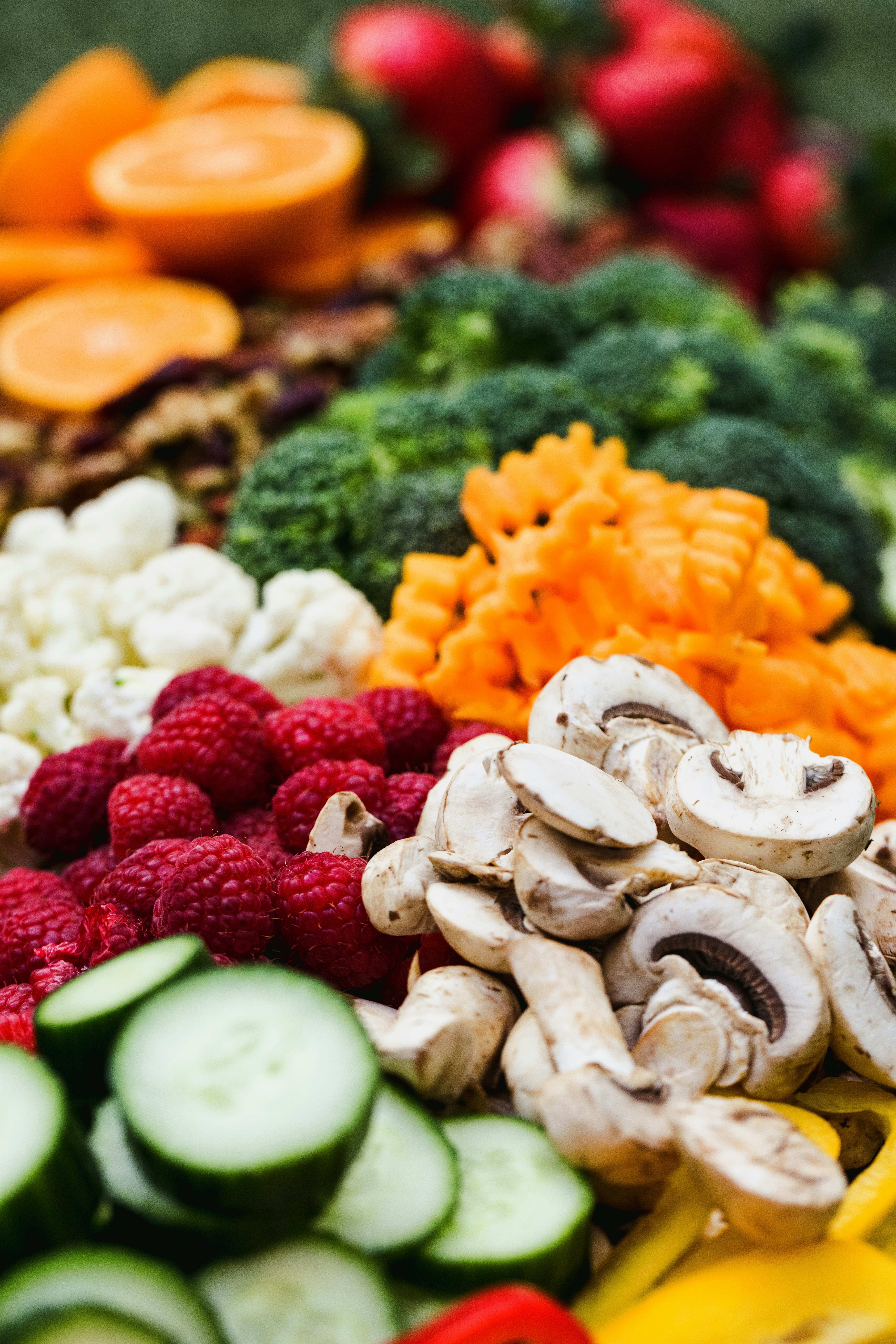Have you ever wondered about the impact of your favorite non-dairy milks on your overall well-being? As you survey your fridge, reaching for that carton of soy milk, a question may pop into your mind: “Is soy milk high in oxalates?” It’s not a question often asked at the grocery store, but understanding the nutritional components of what you consume can play a significant role in health management, especially for those mindful of oxalate intake.
Understanding Oxalates and Their Role
What Are Oxalates?
Oxalates, or oxalic acid, are naturally occurring organic acids found in plants. These compounds have a notorious reputation mainly due to their effect on the human body. When you consider your diet, understanding the nature of oxalates and how they interact with your system is valuable. Oxalates can bind with calcium in the body, which may lead to the formation of kidney stones in susceptible individuals. This binding makes understanding their presence in food crucial, especially if you’re advised to monitor oxalate intake.
Sources of Oxalates
Grains, legumes, nuts, seeds, fruits, and vegetables can all contain varying levels of oxalates. Vegetables like spinach and beets, and nuts like almonds and cashews, are known for high oxalate contents. If certain health issues make low-oxalate diets necessary, knowing which foods to monitor becomes a priority.
Why Does Oxalate Content Matter?
Monitoring your oxalate consumption can be an integral part of health practices for individuals susceptible to kidney stones or certain other conditions. When calcium and oxalate concentrations are too high, they can lead to precipitation of calcium oxalate, a common type of kidney stone. By proactively understanding which foods contribute to oxalate load, you empower yourself to maintain dietary balance.
Evaluating Soy Milk
What Is Soy Milk?
Soy milk is a plant-based drink produced by soaking, grinding, boiling, and then filtering soybeans. Favored for its creamy texture, soy milk serves as a nutritional alternative to dairy milk for vegans, vegetarians, and those with lactose intolerance. Because soybeans are part of the legume family, it’s worth considering how their nutritional profile, particularly in terms of oxalates, might impact your diet.
The General Nutritional Profile of Soy Milk
Soy milk is known for being rich in protein, containing essential amino acids, and often fortified with calcium and vitamins like B12 and D. Despite its many health benefits, how does it fare in terms of oxalate content?
Table: Nutritional Components of Soy Milk (per 1 cup)
| Component | Amount |
|---|---|
| Calories | 80-100 |
| Protein | 6-8 g |
| Fat | 4-5 g |
| Carbohydrates | 4-6 g |
| Calcium | 300 mg |
| Vitamin B12 | 1 mcg |
| Vitamin D | 100 IU |
Soy Milk and Oxalate Content
It’s understandable that you might be cautious about the oxalate content in soy milk. Generally, soy milk is considered moderate in oxalates. This positions it as a feasible choice for many, though always contingent on individual health considerations. Variations can arise due to brands and processing methods, meaning not all soy milk is created equal in oxalate terms. Checking specific product labels where available might provide additional reassurance if you prefer definitive numbers.
Comparing Soy Milk to Other Milk Alternatives
The Oxalate Landscape of Plant-Based Milks
Soy milk isn’t the only non-dairy option out there. You might be surprised to learn how different milk alternatives compare in terms of oxalate content.
Table: Approximate Oxalate Content in Plant-Based Milks (per 1 cup, in mg)
| Milk Type | Oxalate Content |
|---|---|
| Soy Milk | 10-15 |
| Almond Milk | 10 |
| Rice Milk | 15 |
| Oat Milk | 5 |
| Coconut Milk | 0-5 |
The Health Implications of Milk Alternatives
Each plant milk has its unique characteristics, so when you weigh your options, think about what suits your dietary and health needs the best. Almond milk, typically lower in protein compared to soy, might have additional oxalates from the almonds themselves, but often it remains low enough to be considered a good option for low-oxalate diets. The choice between them not only hinges on oxalate concerns but also on calcium, calorie intake, and personal dietary restrictions.

Practical Advice for Integrating Soy Milk into Your Diet
Moderation and Balance
Moderation becomes key when including soy milk in your diet, especially if oxalate intake is a consideration. Many health professionals advocate for a balanced diet that doesn’t heavily rely on any single food source. While soy milk can be a part of a nutritious diet, variety remains crucial to ensure all nutritional bases are covered.
Cooking and Preparation Tips
When preparing meals with soy milk, consider the potential for cumulative oxalate intake if combined with other high-oxalate ingredients. Balancing meals with lower oxalate foods and ensuring adequate hydration can work in conjunction to support your dietary goals.
Guidelines and Recommendations
If monitoring oxalate intake is part of your health plan, consulting with a healthcare provider or a registered dietitian can provide personalized insights into how soy milk can fit into your diet. They can offer strategies tailored specifically to your health needs.

Conclusion: Soy Milk and Your Diet
Final Thoughts on Oxalate Considerations
Soy milk can safely fit into the diet of those who have concerns about oxalates, as long as you account for individual health factors and maintain dietary balance. Remember, awareness and informed choices contribute significantly to your health journey.
Maintaining Dietary Awareness
By continually educating yourself on nutritional content like oxalates, your dietary decisions become more aligned with your health goals. Whether soy milk becomes a regular fixture in your kitchen or merely an occasional guest, you have the power to adapt your nutrition in a way that suits you best.
Your nutritional compass is undoubtedly your own, and understanding how your choices—like opting for soy milk—affect your health helps you chart the best course for living well.




